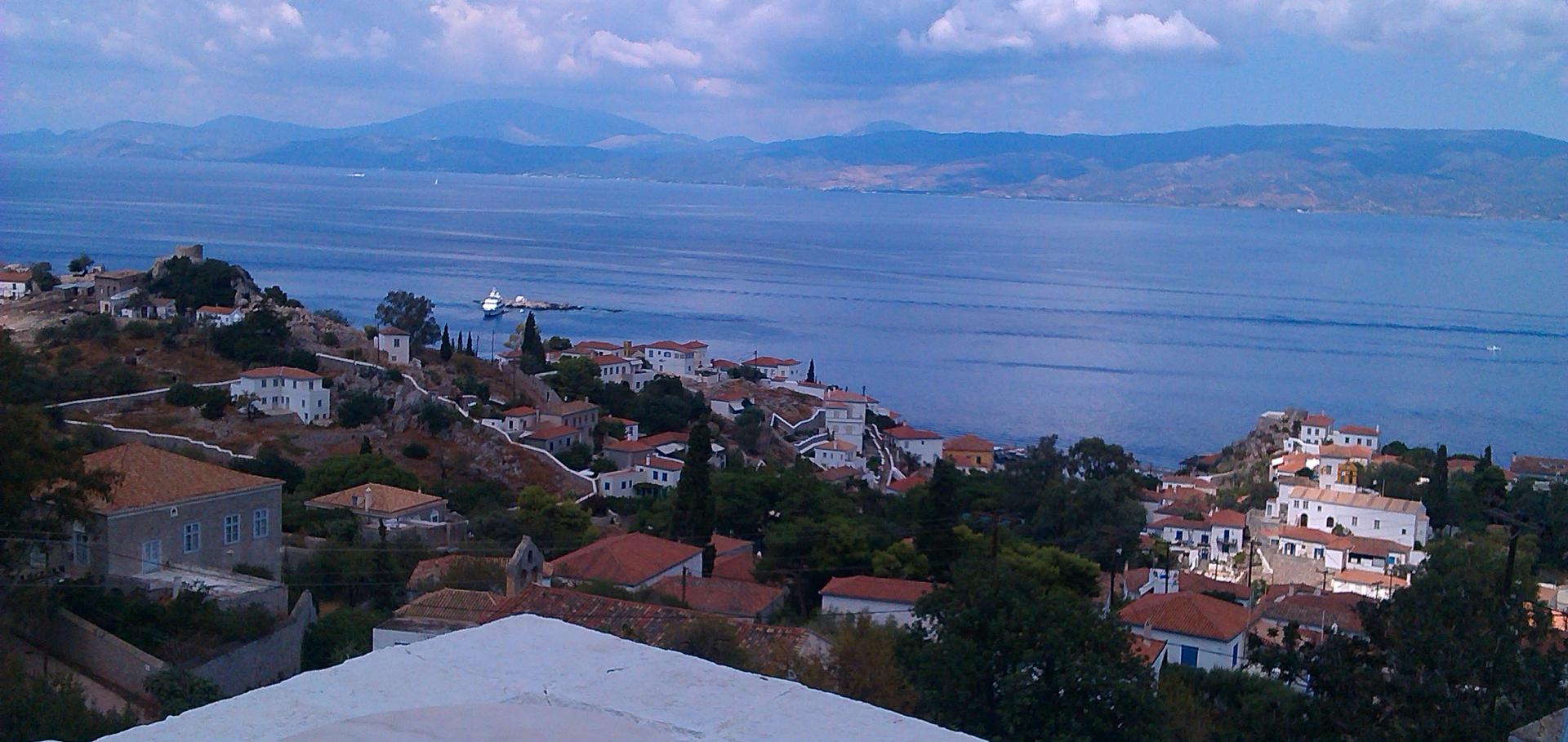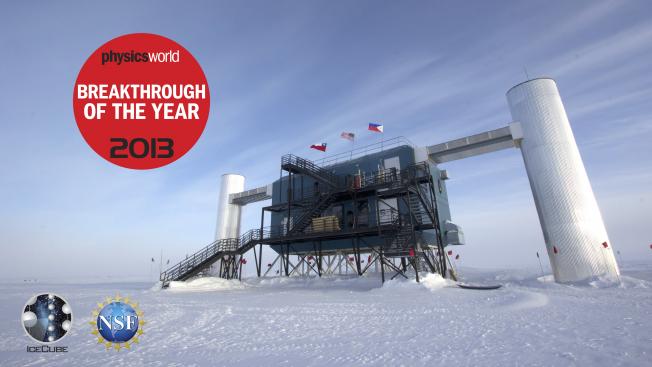NEUTRON OSCILLATIONS AND THE PRIMORDIAL MAGNETIC-FIELD
ASTROPHYSICAL LETTERS & COMMUNICATIONS 27:5 (1989) 293-297
LOW-MASS PHOTINOS AND SUPERNOVA 1987A
PHYSICS LETTERS B 215:2 (1988) 404-410
COSMOLOGICAL AND ASTROPHYSICAL CONSTRAINTS ON PARTICLE PHYSICS
17th International Symposium on Multiparticle Dynamics Seewinkel, Austria, June 16-20, 1986 (1986)
PRIMORDIAL NUCLEOSYNTHESIS, ADDITIONAL NEUTRINOS AND NEUTRAL CURRENTS FROM THE SUPERSTRING
PHYSICS LETTERS B 167:4 (1986) 457-463
Bounds on light gluinos from the BEBC beam dump experiment
Physics Letters B 160:1-3 (1985) 212-216



